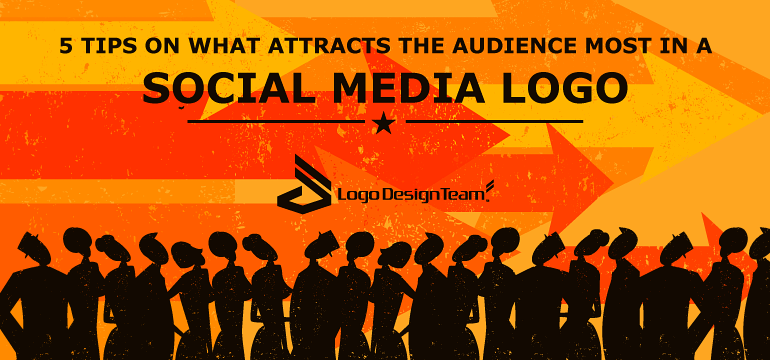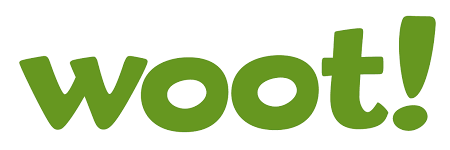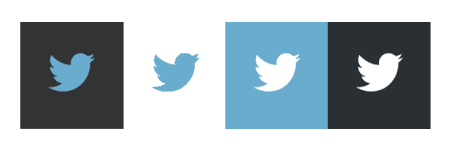Importance of a social media logo
Almost everyone has a smartphone these days and nearly all of use social media in one form or the other. In fact, social media has completely transformed how we communicate with each other and consume online content on a daily basis. In the digital age, social media affects all facets of business – right from marketing to end customer support and everything in between. It’s the quickest way to build brand recognition within your target market. A well-designed social media logo shows that your company is professional and can be trusted. It communicates your story in different ways, from a meaningful picture to your font and color choice.
The following 5 tips can help you create a social media logo that gives you an engaging online presence:
1. A welcoming color
Have you ever rattled your brains and given it a thought that why most of the major social media platforms like Facebook, Twitter, and LinkedIn use various shades of the color blue in their logo? This is because they want the viewers to feel welcome. Viewers want to believe that they are stepping into a friendly environment that is neither intimidating nor annoying.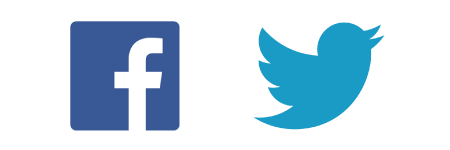
Secondly, blue also promotes interaction. Most other colors distract the consumer in some way or the other, whereas the color blue disappears as a transparent background. Also known as “the Nirvana color”, blue represents communication – which makes absolute sense in regards to social media websites designed for communication.
2. Simplicity
Milton Glaser, the legendary graphic designer who is known worldwide for the “I Love New York” logo, said about the importance of simplicity in logo designs – “You want to engage the viewer in a perception such that when they look at the logo for the very first time, they get the idea, because that act between seeing and understanding is critical.”
When designing a logo, you could want something big, flashy, and intricate. But by doing that, the logo runs the risk of not being recognizable when resized and placed in a thumbnail on Facebook. So, you should avoid long taglines and detailed graphical elements that might get lost when resized to fit into a thumbnail.
If you’re a real estate broker and you would like to include the image of a house in your logo, do not try to include a hundred elements in the logo like the front door, windows, and the family sitting around the dining room table. Simple geometric shapes will express your idea more clearly and efficiently.

For small social media icons, it is next to impossible to include your entire logo. As a result, many companies use a single letter or graphical element as their logo for social media purposes. If your text and graphics are tightly intertwined, it will be tough to divide your logo design into separate pieces.
Not to forget, it will be easier and more economical to put the social media logo on real world stuff like t-shirts and golf balls.You can have fun with gradients, shadows, and your favorite Photoshop filters when designing your website, but when it comes to your social media logo, always keep in mind that “less is more”.
3. Super tiny sizes
Designing small logos is nothing new, but before the advent of social media, a super tiny logo was not so important. Earlier, a logo could be seen on the following: –
(a) An email signature
(b) On the top bar of a website
(c) On the packaging
(d) Shops exterior
What this means is that 50mm was the smallest a logo would be seen. In the age of social media, your logo needs to be instantly recognizable at about 8 mm. Thus, because of social media, for a logo to have an impact on its viewers it must look at super tiny sizes.
A brand identity that has evolved its logo because of developments in social media is “the premier league” that launched a new logo in February 2016.
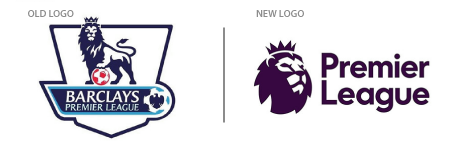
The previous logo had the image of a full lion wearing a crown and holding a football with its paw. In its smaller version, the illustration within the logo looked too cluttered. The new logo includes only the lion’s head. This is a much more simplified logo that looks elegant on social media and has a powerful impact even in larger sizes.
4. Consistency across all social media networks
Earlier, there was this tendency for companies to be “different” across various social media networks. Now brands have realized that it’s easier for them to have one logo for every site. This is also helpful in case a website requires the logo to be cropped or resized – you want a logo that looks the same, regardless of what’s done with it.
Most successful brands create one version of their logo design that they use for all social media networks. For example, Woot!uses only the exclamation point as its all-purpose social media logo. A company’s logo has a powerful impact on how a business is perceived in the marketplace, especially with the growing emphasis on a social media strategy.
5. Social media logo should be instantly recognizable
One of the primary requirements of a good social media logo is that it should be instantly recognizable to the viewers.
Snapchat’s “GhostfaceChillah” logo has become extremely famous because it is instantly recognizable.
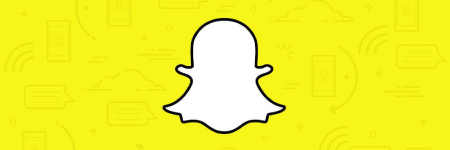
The Twitter bird is also instantly recognizable. It has been through quite a few transitions since Twitter first launched in 2006. In the current Twitter logo, the bird is featured with its head angled upwards.
Visually stimulating social media logo
A social media logo that’s visually challenging and engages with your clients will help your business materials – from your website to all print materials – stand out from the competition.
When one logo is used over many social media networks, customers will get several impressions of the logo, thus creating more memorability. Since people are better visual learners, they’ll remember your brand better when they see it, rather than hear or read about it.
Logo design team has created quite a name for itself in the designing industry over the past 10 years. Our logo designers are professionally trained by the best in the industry, and they are immensely passionate towards their work. We have designed over 1 million logos for big global brands including a diverse range of industries and functions.

